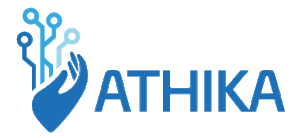TED Talk: What You Need to Know About CRISPR
In this TED Talk, molecular biologist Ellen Jorgensen discusses the myths and realities of CRISPR-Cas9 technology. The modularity of the targeting system in CRISPR makes it extremely versatile and useful for scientific pursuits ranging from understanding a gene’s basic function to functional gene editing. The intrigue of CRISPR’s high level possibilities take away from public knowledge of its most important current uses, making better models and reinforcing basic genomic understanding. Scientists still have a way to go before fully understanding cells and their mechanisms and CRISPR has the ability to aid in that pursuit and eventually do much more.

